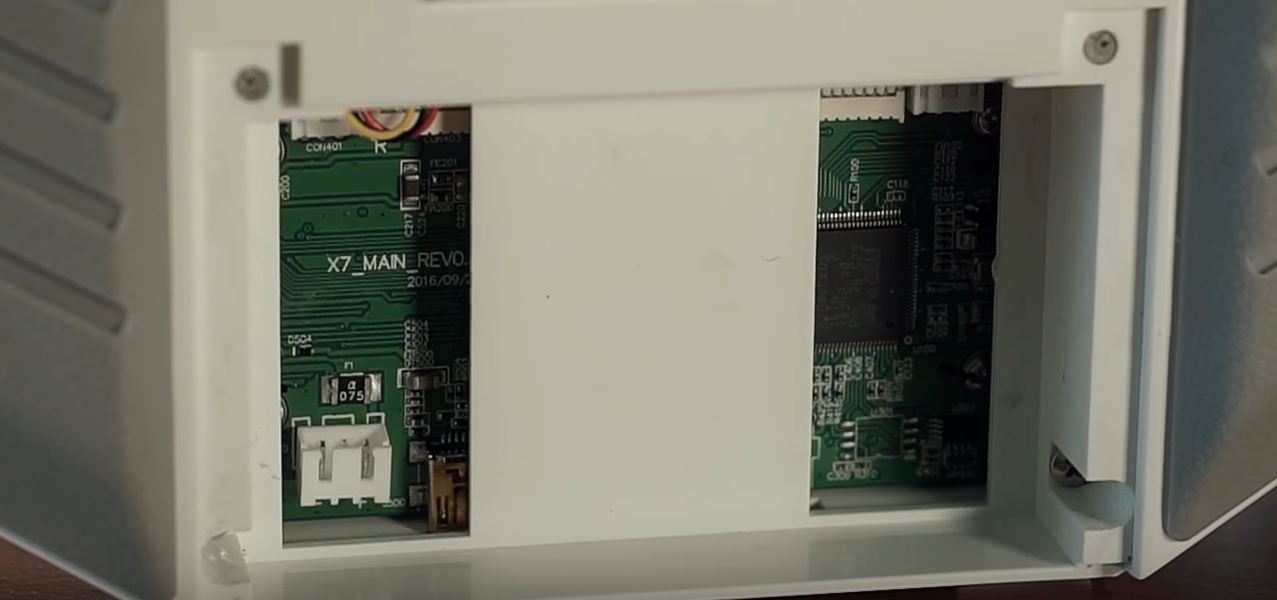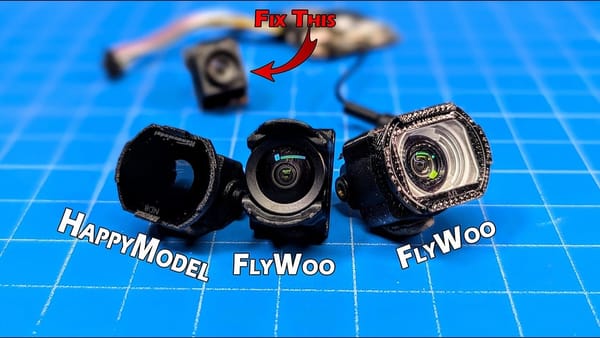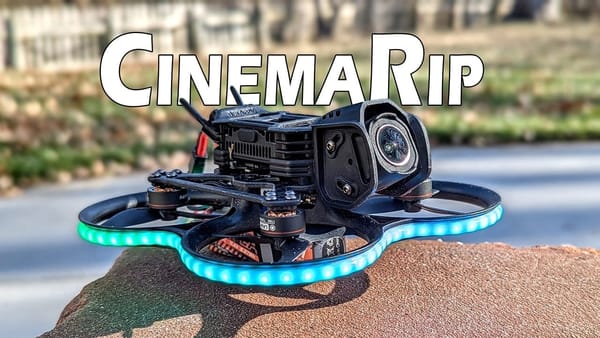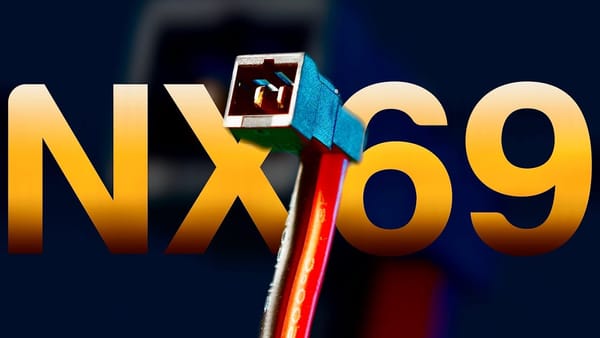Frsky have recently released a new entry level radio called the Taranis Q X7 which you can think of as a simplified version of the Taranis X9D+. Other than the lower price of the Q X7, what are the real differences between the two? And why should you get the one radio over the other?
Reasons to get the cheaper Taranis Q X7

- Similar functionality to Taranis X9D+ (runs the same OpenTX firmware) at a lower price
- Better buttons for menu navigation
- Slightly more ergonomic design with rubber grips at the back (overall Q X7 is same size as the X9D)
- Available in black or white as standard
- Speaker does not have annoying buzzing sound common on many X9D+ radios
- Initial tests show similar range to X9D+ radios
- Has a self-centering throttle stick (like DJI remotes) which is both a good and a bad thing depending what you are using this radio for. It can be changed however.
- Overall, excellent radio for 95% of all pilots
Reasons to get the more expensive Taranis X9D+

- Higher resolution screen with adjustable backlight colour
- Includes a bigger battery with built in charging circuitry
- Can use a 3S Lipo battery instead of stock battery
- Includes SD card as standard (you need to buy SD card with QX7 radio)
- Tried and trusted design with loads more documentation, hacks and mods available
- More buttons for custom functions (or just to confuse you…)
- 2x extra sliders on the sides (QX7 does not have any sliders)
- Better USB port placement for use with PC simulators
What radio should you get?
If you are getting serious about the FPV/Drone hobby then you should definitely get a Frsky radio. They have excellent firmware (OpenTX) and have a huge selection of receivers for just about any platform. But in terms of the QX7 or the more expensive X9D, I am leaning towards the QX7. I say this mainly because I feel it has a better design and addresses some of the niggles we all have with the Taranis X9D+ (like the buzzing speaker). Plus, for 95% of all drone pilots the QX7 will do everything you need it to. Sure the lower price is mitigated somewhat when you need to add a battery and a charger but at the end of the day, we all have (or will need) a Lipo balance charger anyway.
That said, if you know you are going to be doing some complex builds, or will be building a filming rig I think the X9D+ is a better option as the extra switches and buttons come in handy.
Read on for some more details on the various aspects of each radio.
Where to Buy

Batteries and Charging
This first major difference is that you get a 2000mah rechargeable battery included with the X9D+ radio. Furthermore, the X9D includes built-in circuitry to charge the battery, so you just need to plug in a power adapter to recharge. You also have balance leads to let you use a 2S or a 3S Lipo instead of the stock battery.
On the other hand, some QX7 listings on the internet do not include a battery, while others include a 800mAh NiMh battery for an extra $10-$15. However a charger is not included so that is something you need to add to the price. I suggest you skip this NiMh option and rather use a 2S Lipo as there is a 2 cell connector available within the battery compartment giving you lots of battery options (Update: it seems that frsky are mostly selling the Qx7 with a battery now). You will also need to use an external charger, but most of us will already have a Lipo charger to charge our aircraft flight batteries.
You can fit a battery that is about 16mm thick inside the QX7, so something like a 2S 1000mAh lipo will work well giving you a few hours of use per charge.
Both run OpenTX with internal XJT module
(both support external JR style module)
Both radios run the OpenTX firmware so the core set of features are essentially exactly the same. This means that things like smart port telemetry works on the QX7, and you can also use the same receivers. You can even use the smart port to upgrade receiver firmware like you can with the Taranis X9D. Initial tests have also shown that there is no noticeable range difference between the X9D and the QX7 radios. So from this aspect both radios are the same.
Screen Resolution
The X9D has a much better LCD screen that also lets you change the back light colour. In general, this makes it a bit better to setup your models compared the the lower resolution screen on the QX7. However, you will unlikely to notice the difference unless you have a QX7 and X9D radio side by side. That said if this bothers you, there is always the option of using the OpenTX companion on your PC to setup the radio.
Telemetry display is where you will most likely notice the difference in resolution, as this gives you fewer lines of information. However, since we usually setup the important values such as battery voltage as audible alarms (requires SD card), it’s not a deal breaker for the QX7.
QX7 has a self centering throttle stick
This makes it work just like the DJI phantom remotes. This is great if you are flying a autonomous drone giving you easy altitude control, but terrible if using this radio for FPV flying or fixed wing platforms. Fortunately, it is an easy process to change this as you can just remove the spring and it will then act as a normal R/C controller.
X9D+ includes a SD Card
Both the X9D and QX7 have an SD card slot, but the X9D+ includes an SD card as standard whereas the QX7 does not. You will need an SD card to get your Taranis to talk back to you as the voice files are stored on the SD card. This is a minor point but it is just a bit of a sore point as they could have included a SD card without much hassle – don’t know why they don’t.
Repair-ability and Mod-ability
Because the Taranis X9D has been around for such a long time there is a plethora of mods and hacks shared around the internet to enable you to modify the X9D. The modular design means that it’s easy to upgrade or replace parts and Frsky have even recently release some hall effect gimbals for even better stick feel.
It’s great to see that Frsky keeps this going with the QX7 radio, although there are not many resources currently available. It’s only a matter of time until we all start sharing upgrades/hacks to get more out of the radio. However, one could even argue that the QX7 is better in terms of repair-ability as things such as the antenna use a micro UFL connector so you don’t need to do any soldering to replace it like you do on the X9D+. Also the top switches are secured into the shell which makes closing the case much easier than on the X9D+












